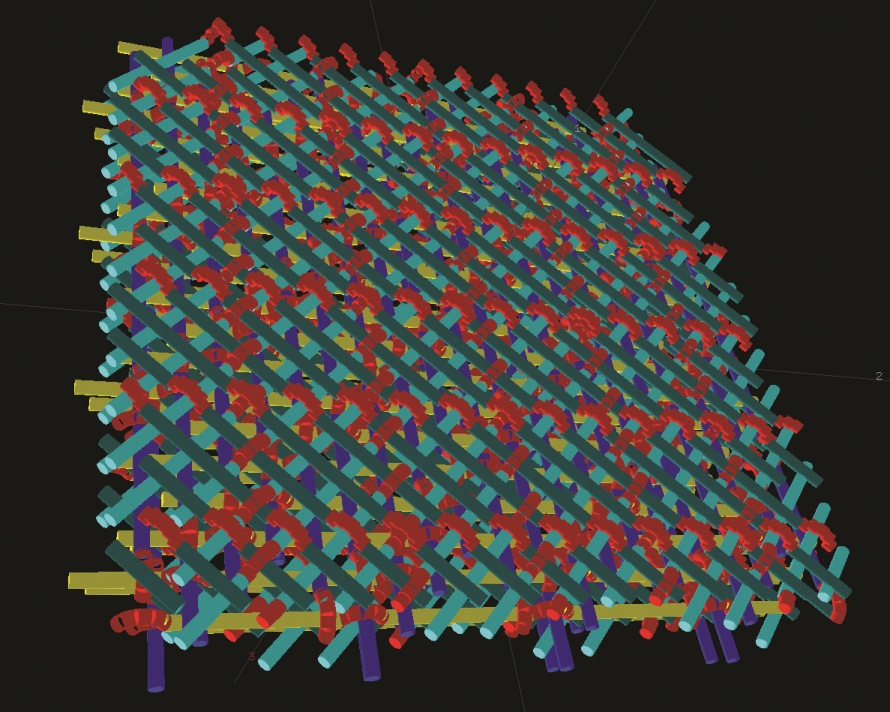

The QUICOM project is expected to be completed in 36 months and is divided into the following three distinct phases:
- Phase I - Detailed Specifications (WP2): In the first phase of the project the specifications for the required techniques and methods, software modules and showcases will be defined. The end-users will define the industrial needs and the test components for the different application areas. Finally, the sample specimens together with conventional NDT data will be collected.
- Phase II - Development of Methods and Techniques (WP3, 4, 5, 6, 7, 8): This phase is considered to be the core phase of QUICOM within which the targeted technology platform will be developed. Individual methods and techniques will be developed within each application area. The concepts developed within the QUICOM project will be validated through a software demonstrator, which integrates all developed algorithms in a common software platform. Furthermore Robot based XCT for aeronautic components will be demonstrated on a laboratory-scale demonstrator.
- Phase III - Demonstration and Evaluation (WP9): In the final phase of the project, the developed methods and algorithm will be demonstrated, including robot based XCT, microstructure analysis of advanced composites, modelling, analysis of repairs and adhesive bonding, analysis of composite parts. For the demonstration the robot based XCT setup, the software demonstrator and the software for composite modelling will be used in common.
The QUICOM project has been organized around 10 Work Packages (WPs). The RTD activities of QUICOM will be performed within WPs 2 - 9. WP 1 involves the management activities of the project while WP 10 focuses on the broad dissemination and exploitation of QUICOM project results. Inter-dependencies exist among the WPs and among the partners involved. The organizational structure of the project is anticipated to create strong synergies and ensure effective information between the different activities.

